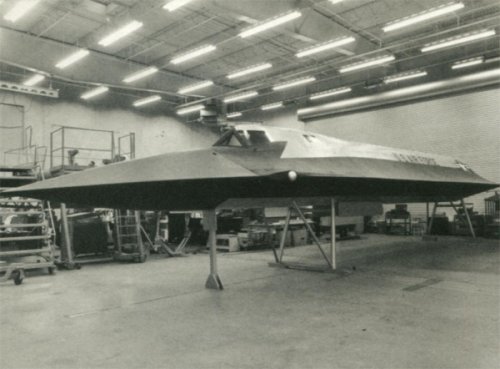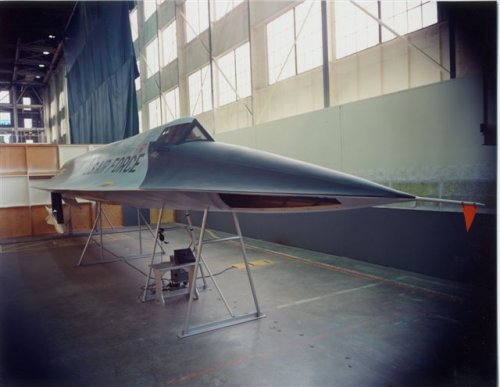KJ_Lesnick
ACCESS: Top Secret
- Joined
- 13 February 2008
- Messages
- 1,042
- Reaction score
- 87
I have heard two different stories regarding the YF-12A's evolution into the F-12B, and I've seen diagrams which kind of confirm both stories which has me very very confused.
The most common story about the F-12B design was that it had a partial chine, the same raised cockpit as the YF-12A, re-profiled IRST's to fit in the chines, and retained the ventral-fins under the engines, but no longer featured the central-fin.
The other one I heard was that they somehow created a flatter antenna for the F-12B which enabled it to fit inside an SR-71A-type chine, as before, IRST's were reprofiled to fit in the chines. Whether it carried the ventral fin or not I'm not sure.
In either case, I've heard claims that the plane would have the same fuel as the SR-71 and/or it would have the SR-71's bobtail, however I've heard many stories about this one.
Considering the conflicting information, I'm wondering, reasonably speaking, if anybody could completely resolve this issue?
KJ_Lesnick
BTW: I'm kind of wondering if the claim of the plane featuring the flat antenna that could fit inside an SR-71A's chine, and such was used to explain-away the "YF-12C" (which was actually SR-71 #64-17951) looking just like the SR-71A (which it was)?
The most common story about the F-12B design was that it had a partial chine, the same raised cockpit as the YF-12A, re-profiled IRST's to fit in the chines, and retained the ventral-fins under the engines, but no longer featured the central-fin.
The other one I heard was that they somehow created a flatter antenna for the F-12B which enabled it to fit inside an SR-71A-type chine, as before, IRST's were reprofiled to fit in the chines. Whether it carried the ventral fin or not I'm not sure.
In either case, I've heard claims that the plane would have the same fuel as the SR-71 and/or it would have the SR-71's bobtail, however I've heard many stories about this one.
Considering the conflicting information, I'm wondering, reasonably speaking, if anybody could completely resolve this issue?
KJ_Lesnick
BTW: I'm kind of wondering if the claim of the plane featuring the flat antenna that could fit inside an SR-71A's chine, and such was used to explain-away the "YF-12C" (which was actually SR-71 #64-17951) looking just like the SR-71A (which it was)?


